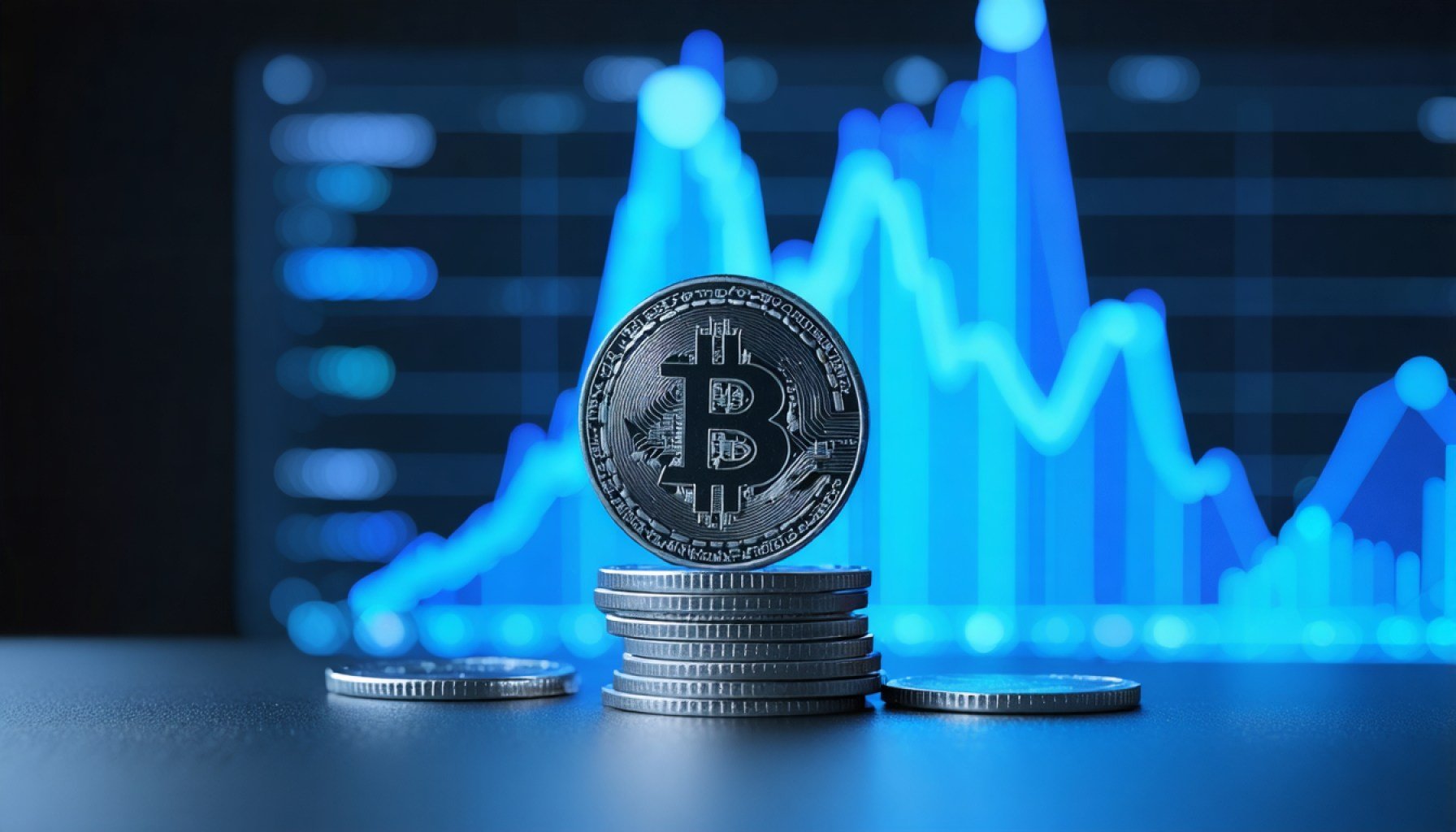- Ripple’s XRP is gaining attention with Grayscale’s ETF filing, signaling potential institutional interest.
- Debates are ongoing about XRP’s classification, with possible changes in its status alongside Bitcoin and Ethereum.
- The SEC’s leadership shift to pro-crypto influences may positively impact XRP’s future.
- Ripple appears to be shifting focus from Central Bank Digital Currencies to enhanced payment solutions.
- XRP’s transformation is crucial for investors and enthusiasts who seek insights into the evolving digital currency landscape.
A storm of debates continues to rage around XRP’s classification. Will it eventually be placed in the same league as Bitcoin and Ethereum? Recent hints from the Securities and Exchange Commission (SEC) suggest a possible reshuffling of the crypto landscape, leading enthusiasts to ponder the fate of institutional XRP sales. Amidst it all, a tectonic shift within the SEC—marked by the departure of Gary Gensler and the arrival of pro-crypto Paul Atkins—could signal favorable winds ahead for XRP.
Ripple’s strategic realignment becomes evident with the subtraction of Central Bank Digital Currencies from their website, hinting at a pivot towards payment solutions. These moves could redefine Ripple’s ambitions, placing XRP on a thrilling precipice. The cryptocurrency world watches closely: will Ripple’s XRP rise to new heights or plunge into uncertainty?
The key takeaway is clear—XRP is amidst a dynamic transformation period. Investors and crypto enthusiasts are waiting with bated breath, aware that the outcomes of today’s regulatory and strategic maneuvers could shape the future of digital currency. Stay informed, remain adaptable, and you might just ride the wave of the next big opportunity in the cryptocurrency market.
Ripple’s XRP: The Catalyst for a New Crypto Era? Insights and Predictions
1. How will Grayscale’s potential XRP ETF impact the cryptocurrency market?
Grayscale’s move to file for an XRP ETF represents a significant leap forward, potentially bridging the gap between traditional financial markets and the cryptocurrency space. Such a move would likely instill heightened confidence in XRP, attracting substantial institutional investment. This influx of institutional capital could provide the necessary liquidity and stability XRP needs, potentially propelling it to rival established cryptocurrencies like Bitcoin and Ethereum.
More broadly, if approved, this ETF could set a precedent for other digital currencies, leading to the broader integration of crypto assets into mainstream financial markets.
2. What are the potential regulatory hurdles faced by XRP, and how might they be addressed?
XRP’s classification remains a contentious issue. Currently, the Securities and Exchange Commission (SEC) has hinted at a reshuffle, possibly reclassifying XRP alongside Bitcoin and Ethereum. The departure of Gary Gensler and the appointment of the pro-crypto Paul Atkins might usher in a more favorable regulatory environment for XRP. However, achieving regulatory clarity will require strategic collaboration between Ripple and financial regulators to align on the utility and classification of XRP.
Addressing these hurdles will be crucial for XRP to gain full acceptance and ensure its long-term viability, particularly as it pivots towards more defined payment solutions.
3. What strategic shifts are occurring within Ripple, and what do they suggest about XRP’s future?
Ripple’s recent decision to refocus away from Central Bank Digital Currencies (CBDCs) towards payment solutions represents a strategic pivot that could have long-term implications. This shift signals Ripple’s intention to solidify XRP’s role in facilitating cross-border transactions and enhancing payment efficiencies worldwide. By honing in on payment solutions, Ripple is aiming to position XRP as an indispensable tool in global finance.
Such strategic realignments indicate Ripple’s commitment to adapt and evolve with the rapidly changing crypto landscape, potentially placing XRP in a favorable position as the digital economy expands.
For further insights and updates on how Ripple is shaping the future of digital finance, visit Ripple.
Related Trends and Market Insights
– Innovations in Cryptocurrency ETFs: As more ETFs are proposed, expect innovations aimed at integrating diverse digital assets into traditional financial systems.
– Sustainability in Cryptocurrency Mining: The industry faces increasing pressure to adopt sustainable practices, potentially influencing XRP’s operational strategies.
– Security and Risk Management: With the rise of institutional interest, the focus on robust security measures and risk management protocols is becoming paramount.
Stay updated with these trends to navigate the evolving world of digital currencies effectively.


















